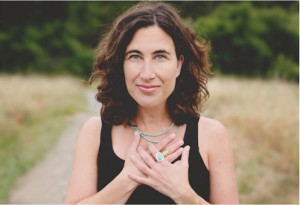 You can listen to the original teaching at the 25 minute mark of the Class 3 recording. You can download the audio from iTunes here or from the ILF website here.
You can listen to the original teaching at the 25 minute mark of the Class 3 recording. You can download the audio from iTunes here or from the ILF website here.
What if you are not actually experiencing shame?
Shame says “I am bad,” leading you to feeling powerless and invisible.
But what if what you are actually experiencing is guilt?
Guilt says “I have done something bad”
This is a big difference. Shame makes you believe that you, as a person, are bad, while guilt shows the truth of the situation: you are a good person who has, at this certain point in time, done something bad.
Guilt can be a healthy emotion when used constructively to hold you accountable to the person you want to be. Guilt can guide you to see that you have done something bad, so you can make a commitment to not repeat the action.
Replacing shame with guilt, moving from “I am bad” to “I have done something bad” can guide you towards making positive change in your life.
In order to better understand guilt and how to replace shame with guilt you can:
- Write down some of your own reasons for feeling personal guilt.
- Write down times in your life when you have felt shame.
- Compare your “guilt list” to your “shame list.” Can you shift some of these shame experiences into guilt experiences?
What opens up for you as you make this shift from “I am bad” to “I have done something bad” Share your thoughts below:
 Welcome to Episode #20 of the Live a Brighter Life Podcast!
Welcome to Episode #20 of the Live a Brighter Life Podcast!

